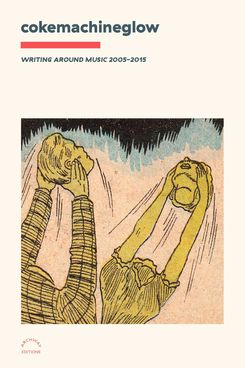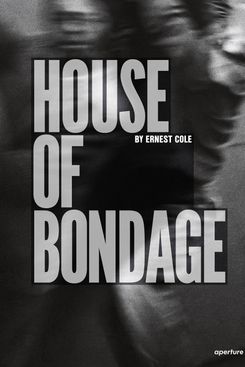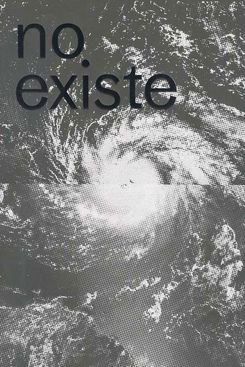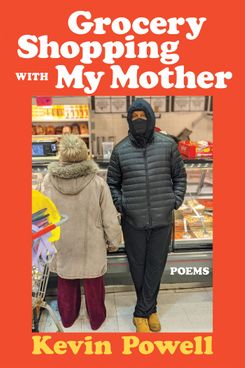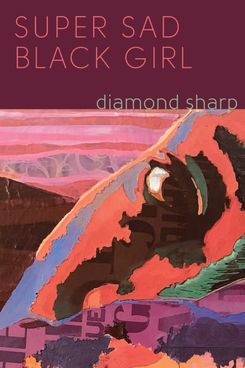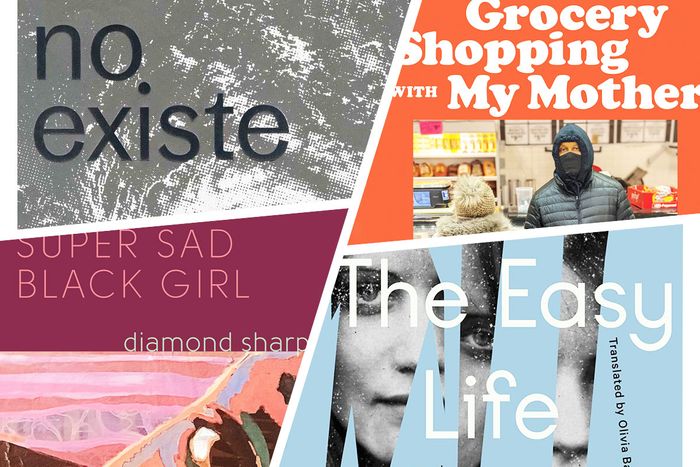
December is a cruel month for books, a time when new releases often get overshadowed by gift guides and year-end lists ÔÇö if they come out at all, since many presses are already looking into the new year. As a result, I had to dig a little deeper to produce this column, which is a bit more eccentric than usual.┬áBut what a wonderful result. A catalogue from a canÔÇÖt-miss art exhibit and a trip down memory lane via aughts internet culture sit next to a beautifully translated novel and a reminder of whatÔÇÖs always been at stake in the fight for Black liberation.
As always, in preparing this list IÔÇÖve tried to filter ÔÇ£books that I likeÔÇØ through the lens of ÔÇ£books that donÔÇÖt already have a ton of coverage.ÔÇØ Since these kinds of lists tend to function as a fiction-PR depository, let this be the one to make room for an exhibition catalogue, an anthology, and some poetry here or there. And beyond simply writing about new books, I like to send energy toward the new in general: new writers, new translations, writers trying new things. Ideally, the net effect will get readers to think in a way they havenÔÇÖt before. I hope this list serves as a last chance to think, feel, or discover something different before 2022 is over.
Publications go out of business in the current media environment so frequently that it hardly registers. (RIP Astra.) But when Cokemachineglow ÔÇö a most unruly and writerly music website ÔÇö ceased publication, people felt it. Now fans have a tangible document of how great the site was, while the uninitiated have an opportunity to get reading. With a roster that includes Lindsay Zoladz, Calum Marsh, Brent Ables, Eric Sams, and Dom Sinacola, among many others, Writing Around Music is organized by former editor Clayton Purdom as ÔÇ£a chronological history of its editorial voice.ÔÇØ It brilliantly captures the sense of discovery, obsessiveness, and vitriol that drives the best music criticism.
ApertureÔÇÖs reissue of this classic photojournalism survey is both a revelation and a scourge. The collection, a series of essays taxonomizing the horrors and inhumanities of South African apartheid, is accompanied by the authorÔÇÖs arresting and empathetic photographs, which show degradations that are chilling for their normalcy rather than their novelty. The new version features an essay by MoMA associate curator Oluremi C. Onabanjo outlining ColeÔÇÖs artistic impact, and another by the journalist James Sanders parsing out the artistÔÇÖs biography. As the poet Mongane Wally Serote notes in a stirring introduction, Bondage remains noteworthy not as an artifact, but because of the fury it conjures at how little has changed. Everything is recognizable: from the callousness of police and laws restricting movement to the anti-Black racism baked into urban planning, cycles of poverty, and a lack of access to proper food and transportation.
Point to a historical trauma and aesthetic shifts are not far behind. Hurricane Maria and the botched U.S. response in Puerto Rico checks all the contemporary preoccupations: xenophobia, the question of nation-states, and the disproportionate impact of climate inaction. No existe is a collection of Puerto Rican art that was made in response to Maria ÔÇö and as Marcela Guerrero, an assistant curator at the Whitney Museum of American Art, writes in the bookÔÇÖs introduction, Maria is merely the tide that swept away any pretense that AmericaÔÇÖs relationship with the island is a tenable situation. Take Gamaliel Rodr├¡guezÔÇÖs Collapsed Soul, one of the pieces included in the book: It renders ships, surrounded by serene blue clouds, getting swallowed by a gray abyss ÔÇö an acknowledgement of the islandÔÇÖs colonial past as well as its first reported COVID-19 death: a tourist on a cruise ship on the way to the island.
DurasÔÇÖs second novel appears for the first time in English with an immensely lucid and incantatory translation by Emma Ramadan and Olivia Baes, plus a firecracker of an introductory essay by Kate Zambreno. Its three-part cycle of tragedy and its aftermath investigates both the ability of people to sway those they love and the question of whether a personÔÇÖs character is, indeed, fate. A covered-up murder, a suicide, unrequited marriages, and a couple intersecting love triangles provide adroitly plotted action, but much of the drama comes from whether Francine, the novelÔÇÖs narrator, will cease her cycle of self-absorption and avoidance long enough to process it all. ItÔÇÖs fitting that, by the time she does, she barely recognizes herself.
What a distressing, tender joy to read the title poem of Kevin PowellÔÇÖs confident and totally unselfconscious collection (a remembrance of the poet taking his elderly mother to the store after she fell ill), only to discover that much of the book navigates similar themes of diaspora, colorism, loneliness, and the pitfalls of prioritizing survival over care. Powell takes big risks: IÔÇÖve never seen Kobe Bryant and V, the playwright formerly known as Eve Ensler, mentioned in the same sentence, much less as the subjects of odes in the same book. But the strongest poems are those in honor of people such as Sidney Poitier and Cicely Tyson, figures who loom large in the popular imagination of a certain Black generation.
ÔÇ£To be Black means to be in a constant state of migration,ÔÇØ the author of this fantastic debut collection muses in ÔÇ£Maud Martha.ÔÇØ In that poem Sharp imagines herself walking from the Golden Shovel ÔÇö the setting of Gwendolyn BrooksÔÇÖs iconic poem ÔÇ£We Real CoolÔÇØ ÔÇö with the poet herself to 51st Street to meet Maud Martha, the eponymous character of BrooksÔÇÖs 1953 novel. Cleverness aside, the book is more about existential crisis than intertextual games. SharpÔÇÖs impulse to identify with Brooks and Lorraine Hansberry, as well as with the deaths of Rekia Boyd, Sandra Bland, and many other Black women, carries the tell-tale signs of depression. But even her darkest thoughts┬áare studded by gloriously repetitive affirmations. ÔÇ£IÔÇÖve spent my life running from this birthrightÔÇØ repeats ten times in the middle of a circle, like a bullÔÇÖs-eye or an unswallowed pill. ÔÇ£IÔÇÖm in constant state of mourning of my previous selfÔÇØ appears 16 times ÔÇö tessellating across the page like a disappearing mirage.


